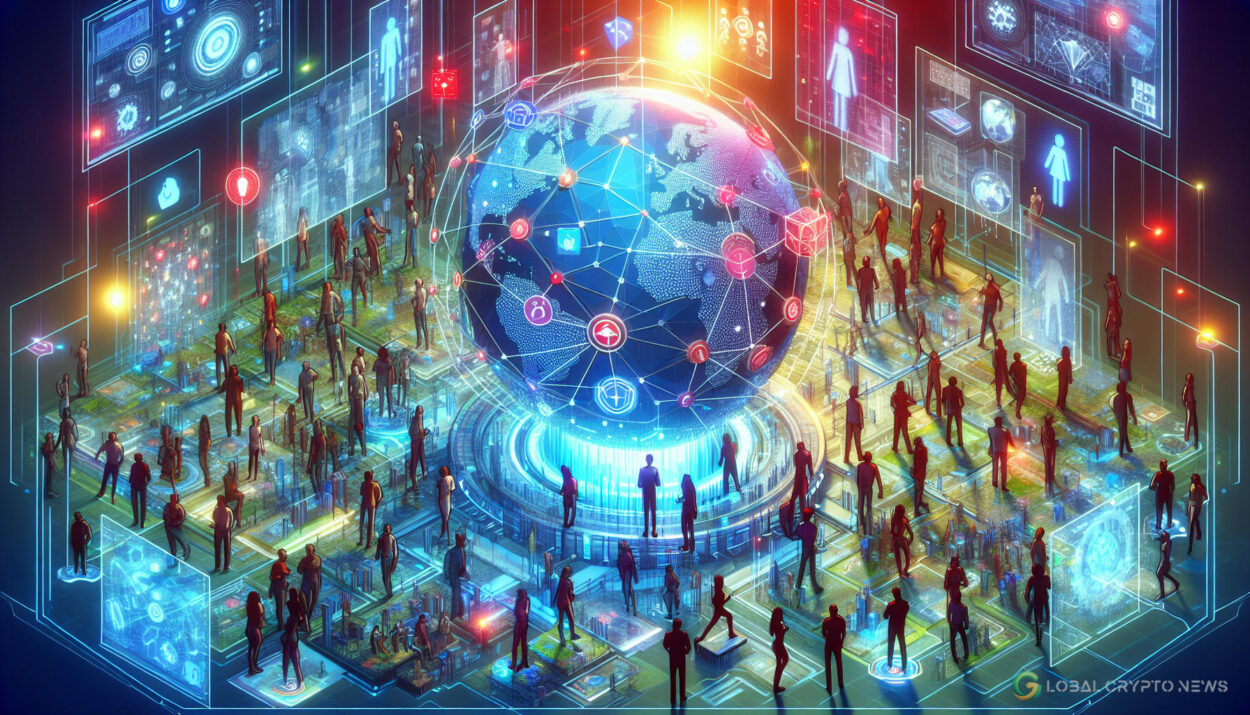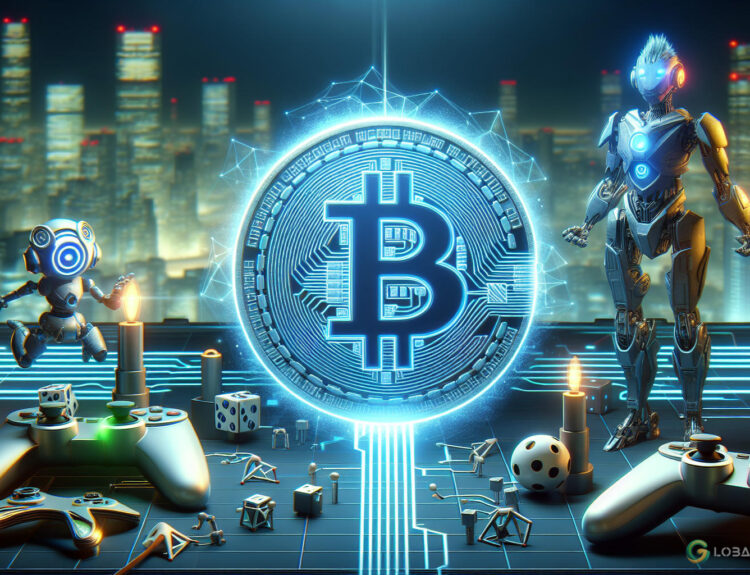The Role of Gaming in Driving Web3 Adoption
Gaming has played a crucial role in revitalizing Web3 after a prolonged period of stagnation, making it a key driver for mass adoption. However, the path to fully realizing the potential of Web3 gaming is not without its challenges, particularly in integrating on-chain elements seamlessly while upholding decentralization and player empowerment.
User experience is paramount, and unnecessary friction should be minimized. Many existing Web3 games require users to navigate multiple obstacles, from setting up wallets to verifying transactions, before they can even start playing. This contradicts the vision of a smooth and accessible gaming environment that fully on-chain gaming aims to achieve.
Games like Axie Infinity and CryptoKitties, while groundbreaking, are not fully on-chain. A truly on-chain game stores all assets, mechanics, and states on the blockchain, ensuring transparency, security, and player control. This allows for a decentralized gaming experience where players truly own and shape their digital destinies.
Web3 games cannot be held to the same standards as Web2 games, as their requirements and value propositions are vastly different. Web3 games seek to address issues like lack of user control and dominance by gaming corporations by implementing alternative models and processes.
When developing Web3 games, it is essential to address novel challenges by embracing innovative technologies and models that align with principles of autonomy and community governance. Building “Autonomous Worlds” (AWs) is key to creating immersive and empowering gaming experiences.
Dark Forest, a decentralized real-time strategy game released in 2020, utilized zero-knowledge proofs to maintain gameplay integrity and player privacy on the blockchain. This approach set a precedent for on-chain game development and inspired the creation of community-oriented AWs like Mithraeum and Citadel.
By putting everything on-chain, AWs unlock flexible digital realities where users have a meaningful say in the game-world. This empowers players to contribute, monetize, and participate in ways that were previously impossible in Web2 games. The participatory nature of AWs fosters creativity, problem-solving, and collaboration within the gaming community.
As the future of gaming moves towards fully on-chain experiences, the industry faces challenges but also immense promise. By redefining engagement, ownership, and control in the digital realm, on-chain gaming offers immersive and empowering experiences that reflect the desires and aspirations of players. Decentralization, player sovereignty, and community collaboration will shape the future of gaming into a democratic and exciting digital frontier.






















